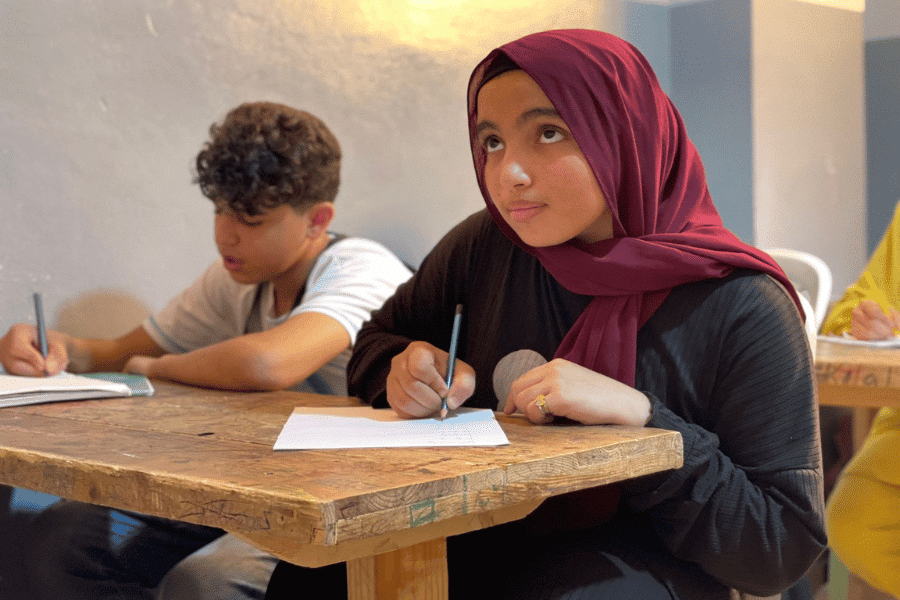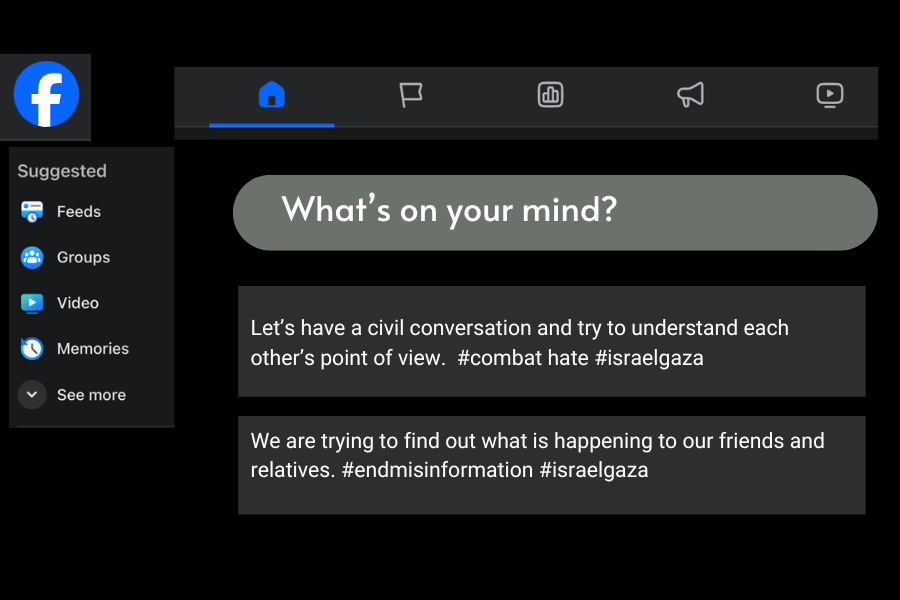
by Katharine Lake Berz | 8 Apr 2024 | Culture, Education, Educators' Catalog, Human Rights, Middle East, Syria
Desperate to give daughters a safe life, some refugees marry them off early. One organization in Lebanon is showing girls that there is an alternative. Batoul, age 13, in an Alsama classroom in Lebanon. Batoul came to Alsama two years ago illiterate because her...
Girls face barriers to education due to poverty, cultural norms and practices, traditional gender roles, societal pressure and gender inequality. Katharine Lake Berz looks at how education and gender equality play a crucial role in redressing the balance and keeping girls worldwide from early marriage.
Exercise: Read the article. Use the ‘Questions to Consider’ below it as a starting point for discussion. Find out more about the importance of girls’ education and think about why it should be a priority. For further reading and research, use the following information on girls’ education: Girls Not Brides, World Bank. Discuss why this issue should be a priority and how it relates to SDG 4 and SDG 5. You could screen this ‘School is just the start’ TED Talk by Angelina Murimirwa (8min) and discuss the key points in groups.

by Ella Gorodetzky | 18 Jan 2024 | Educators' Catalog, Human Rights, Israel-Palestine, Media Literacy, Middle East, University of Wisconsin, Youth Voices
From Gaza to Israel to the United States some people are turning to social media for civil discussion. Can we stop disinformation about the Middle East? Posts on an imaginary social media page calling for civil dialogue about the Middle East. (Illustration by News...
Social media can be a double-edged sword — with the power to unite and to divide. How can students differentiate between disinformation and credible content? Journalism undergraduate student Ella Gorodetsky from the University of Wisconsin-Madison looks at social media posts about the Israel-Hamas war to investigate.
Exercise: After reading the article together, have students come up with a social media campaign to stop the spread of disinformation. In 160 characters or less, students should invent a catchy slogan to help others distinguish between credible and fake content. This activity should be done in groups of 2-3.

by Harvey Morris | 28 Dec 2023 | Israel-Palestine, Middle East, Politics
Despite the failure to achieve even substantial cease fires in Israel’s war with Hamas, there are people who still think lasting peace is possible. Workers place sections of a nine-meter (30-foot) high concrete wall to replace a border fence between the northern...

by Daniel Warner | 1 Dec 2023 | Educators' Catalog, History, Politics, United States
Henry Kissinger died on the 29th of November. Our correspondent remembers the one time he had the opportunity to question him directly about his lauded career. U.S. Secretary of State Henry Kissinger being congratulated 16 October 1973 by U.S. President Richard Nixon...
Henry Kissinger’s death made headlines at the end of November 2023. This famous diplomat sparks controversy. How should he be remembered? Correspondent Daniel Warner reflects on his brief interaction with Kissinger in Geneva back in 1999.
Exercise: Read the article with your class, then review headlines announcing Kissinger’s death from various media sources. How does the wording of these headlines differ? How does that difference change the way a reader may perceive Kissinger’s legacy? Use this activity as a conversation starter to discuss the power of word choice in media bias and framing.

by Daniel Warner | 21 Nov 2023 | Decoders, Educators' Catalog, History, Israel-Palestine, Politics, Russia, Ukraine
There is an evolving global consensus that some acts of violence in warfare are not acceptable. But how in the world can we enforce that? Headquarters of the International Criminal Court in The Hague, Netherlands. This article was produced exclusively for News...
Headlines about today’s international conflicts in Gaza and Ukraine paint atrocious pictures of war crimes and violent attacks. Are these actions sanctioned in the eyes of international humanitarian law? Correspondent and political science professor Daniel Warner of the Graduate Institute in Geneva gives an overview.
Exercise: Using this summary document from the Red Cross, print out 30-40 articles from the Geneva Conventions and their Additional Protocols. Cut each article out separately. Then, prepare a large board/poster for sorting and pasting the articles, divided into four sections: civilians, prisoners of war, wounded/sick, critical infrastructure. Have students read through each article and sort them within the four categories. As they learn more about the Conventions, you may consider bringing in current headlines to evaluate whether or not today’s conflicts have abided by these international humanitarian laws. Note: Consider creating 4-5 sets of article texts and sorting posters if you have a large class, or create a digital version via Google Slides.





